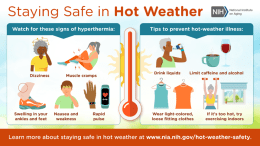At any age, illness or injury may cause the loss of a patient’s ability to make decisions. With “advance directives”, you can provide directions for your own medical care, in advance of a time when such instructions are necessary. Advance directives are legal forms that allow you to voice your wishes regarding future medical care and treatment in the event you become unable to do so for yourself.
Advance directives include:
Living Wills – an instruction list to your physician, family and friends about the preferences you have regarding life-sustaining care or end of life care.
Health Care Power of Attorney – this document names a person to speak for you on your behalf. They can decide what treatment you will receive in addition to where and who is treating you. A durable power of attorney for health care is only effective after you have lost your capacity to make or communicate decisions.
Pre-Hospital DNR – states that you do not want to have resuscitation attempted, should you stop breathing or your heart stops beating. This document is not for everyone and is generally only recommended for terminally ill or incredibly frail individuals.
It is crucial that you store your documents in accessible places. Always keep a copy in your house – a great place is to store it on your refrigerator. You should store a copy in your vehicle, such as in the glove box. It is also wise to give copies to family and close friends. Think about who would come to the hospital if something were to happen to you.
By: Brenda Langdon
 Severe infestation of spider mites will eventually kill the leaves on tomato plants, reducing the vigor of the plant and the number and quality of fruit produced. Can you identify a spider mite on your tomato plant?
Severe infestation of spider mites will eventually kill the leaves on tomato plants, reducing the vigor of the plant and the number and quality of fruit produced. Can you identify a spider mite on your tomato plant?




